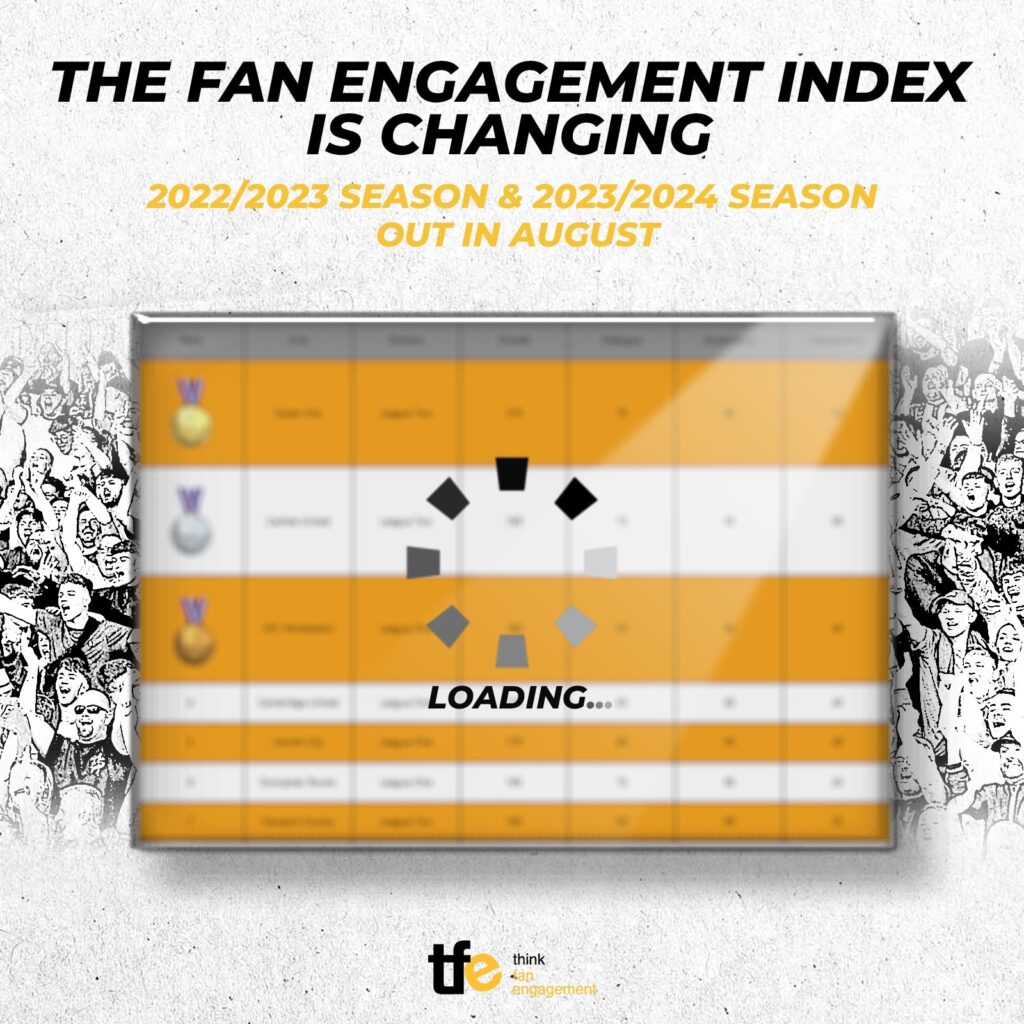In the rapidly evolving world of esports, fan engagement stands as the cornerstone of growth and sustainability for teams, organizations, and players alike. Esports has transcended from a niche hobby to a global phenomenon, drawing millions of fans across the globe. The ability to engage these fans effectively can make or break an esports organization's success. In this article, we will delve into the strategies, tools, and best practices that can help maximize fan engagement in the esports industry.
With the esports market projected to reach $1.5 billion by 2023, according to Newzoo, understanding how to engage fans has never been more critical. Fans are not just passive spectators; they are active participants who contribute to the ecosystem's growth through their passion, loyalty, and financial support. By leveraging innovative approaches, organizations can foster deeper connections with their audience.
This guide aims to provide a comprehensive overview of esports fan engagement, covering everything from understanding fan behavior to implementing cutting-edge engagement strategies. Whether you're a team owner, content creator, or simply an enthusiast looking to learn more about the industry, this article will equip you with the knowledge and tools needed to succeed.
Read also:Famous People Who Committed Suicide Understanding Their Struggles And Legacy
Table of Contents
- Understanding Esports Fan Engagement
- Why Fan Engagement is Crucial in Esports
- Analyzing Fan Behavior in the Esports Ecosystem
- Effective Strategies for Esports Fan Engagement
- Leveraging Social Media Platforms for Fan Engagement
- The Role of Live Events in Fan Engagement
- Emerging Technologies Enhancing Fan Engagement
- Measuring Fan Engagement Metrics
- Common Challenges in Esports Fan Engagement
- Future Trends in Esports Fan Engagement
Understanding Esports Fan Engagement
Esports fan engagement refers to the process of creating meaningful interactions between fans and esports organizations, teams, or players. This involves fostering emotional connections, encouraging participation, and building long-term loyalty. Effective engagement goes beyond simply broadcasting matches; it encompasses creating content, hosting events, and utilizing digital platforms to keep fans actively involved.
Defining Fan Engagement
Fan engagement in esports can take many forms, including live streaming, social media interaction, merchandise sales, and community building. It's important to note that engagement is not a one-time event but an ongoing process that requires consistent effort and adaptation to changing trends.
Key Components of Fan Engagement
- Interactive Content: Providing fans with opportunities to participate in polls, Q&A sessions, and live chats.
- Personalization: Tailoring content to meet the specific interests of individual fans.
- Community Building: Creating spaces where fans can connect with each other and share their passion for esports.
Why Fan Engagement is Crucial in Esports
In the competitive landscape of esports, fan engagement plays a vital role in driving revenue, enhancing brand visibility, and ensuring long-term sustainability. Engaged fans are more likely to purchase merchandise, attend events, and support their favorite teams through sponsorships and donations.
Revenue Generation
Fan engagement directly impacts revenue streams for esports organizations. By building strong relationships with fans, teams can increase ticket sales, merchandise revenue, and even attract more sponsors. According to a report by Nielsen, engaged fans are 70% more likely to make a purchase related to their favorite team.
Brand Loyalty
Building brand loyalty is another critical benefit of effective fan engagement. When fans feel connected to a team or player, they are more likely to remain loyal over time. This loyalty translates into sustained support, even during challenging periods or off-seasons.
Analyzing Fan Behavior in the Esports Ecosystem
Understanding fan behavior is essential for designing effective engagement strategies. Fans in the esports ecosystem exhibit unique characteristics that set them apart from traditional sports fans. They are often younger, tech-savvy, and highly engaged in digital platforms.
Read also:Unveiling The Truth Exploring The Mythbusters Cast Death Mystery
Demographics of Esports Fans
Research shows that the average esports fan is between 18 and 34 years old, with a significant portion being male. However, the demographic is gradually becoming more diverse, with increasing participation from female fans and older age groups.
Behavioral Patterns
- High engagement on digital platforms such as Twitch, YouTube, and Discord.
- Preference for interactive content and real-time updates.
- Strong loyalty to specific teams or players.
Effective Strategies for Esports Fan Engagement
Implementing the right strategies is key to maximizing fan engagement in esports. Organizations must focus on creating content that resonates with their audience while leveraging technology to enhance the overall experience.
Content Creation
Producing high-quality content is fundamental to engaging fans. This includes match highlights, behind-the-scenes footage, player interviews, and fan-focused content. Organizations should aim to create content that is both entertaining and informative, catering to the diverse interests of their audience.
Interactive Experiences
Interactive experiences, such as virtual meet-and-greets, live Q&A sessions, and fan contests, can significantly boost engagement levels. These activities allow fans to connect with their favorite players and teams on a personal level, fostering deeper emotional connections.
Leveraging Social Media Platforms for Fan Engagement
Social media platforms have become indispensable tools for esports fan engagement. Platforms like Twitter, Instagram, TikTok, and Discord offer unique opportunities to connect with fans and build communities.
Platform-Specific Strategies
- Twitter: Use for real-time updates, match announcements, and engaging with fans through polls and threads.
- Instagram: Focus on visual content, such as player photos, match highlights, and behind-the-scenes videos.
- TikTok: Create short, engaging videos that showcase team spirit and player personalities.
- Discord: Build dedicated communities where fans can interact with each other and team representatives.
The Role of Live Events in Fan Engagement
Live events, both in-person and virtual, play a crucial role in enhancing fan engagement in esports. These events provide fans with opportunities to experience the excitement of esports firsthand while connecting with other enthusiasts.
Types of Live Events
- In-person tournaments and championships.
- Virtual watch parties and streaming events.
- Fan meet-and-greets and autograph sessions.
Emerging Technologies Enhancing Fan Engagement
Advancements in technology continue to revolutionize the way fans engage with esports. From virtual reality (VR) experiences to AI-driven analytics, these innovations offer exciting possibilities for enhancing fan engagement.
Virtual Reality (VR)
VR technology allows fans to immerse themselves in the esports experience like never before. By attending virtual events or experiencing matches in a 360-degree environment, fans can feel as though they are part of the action.
AI and Data Analytics
AI-driven analytics can help organizations better understand fan behavior and preferences, enabling them to create more personalized and targeted content. This technology can also be used to optimize engagement strategies and improve overall fan experience.
Measuring Fan Engagement Metrics
To ensure the effectiveness of engagement strategies, organizations must regularly measure and analyze key metrics. These metrics provide valuable insights into fan behavior and help identify areas for improvement.
Common Metrics to Track
- Engagement rate on social media platforms.
- Attendance and participation in live events.
- Revenue generated from merchandise sales and sponsorships.
- Fan sentiment and feedback through surveys and reviews.
Common Challenges in Esports Fan Engagement
Despite the many opportunities for fan engagement in esports, organizations also face several challenges. These include competition for attention in a crowded digital landscape, maintaining authenticity in content, and addressing fan concerns and criticisms.
Addressing Fan Concerns
Listening to and addressing fan concerns is crucial for maintaining trust and loyalty. Organizations should establish open lines of communication with their audience, actively seeking feedback and implementing changes where necessary.
Future Trends in Esports Fan Engagement
The future of esports fan engagement looks promising, with several emerging trends set to shape the industry. These include the continued growth of virtual events, the integration of blockchain technology for fan tokens, and the expansion of global esports leagues.
Blockchain and Fan Tokens
Blockchain technology offers exciting possibilities for fan engagement through the use of fan tokens. These digital assets allow fans to participate in team decision-making processes, access exclusive content, and earn rewards for their loyalty.
Conclusion
In conclusion, esports fan engagement is a critical component of the industry's success. By understanding fan behavior, implementing effective engagement strategies, and leveraging emerging technologies, organizations can build strong, lasting relationships with their audience. We encourage you to share your thoughts and experiences in the comments below, and don't forget to explore other articles on our site for more insights into the world of esports.
Take action today by implementing the strategies discussed in this guide and watch your fan engagement soar to new heights!



